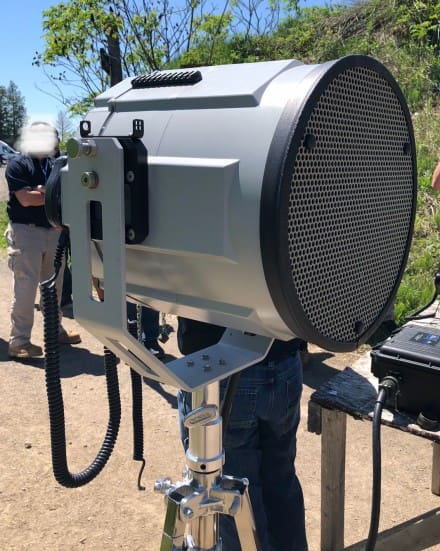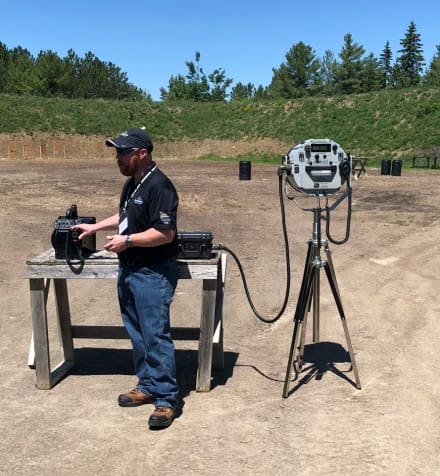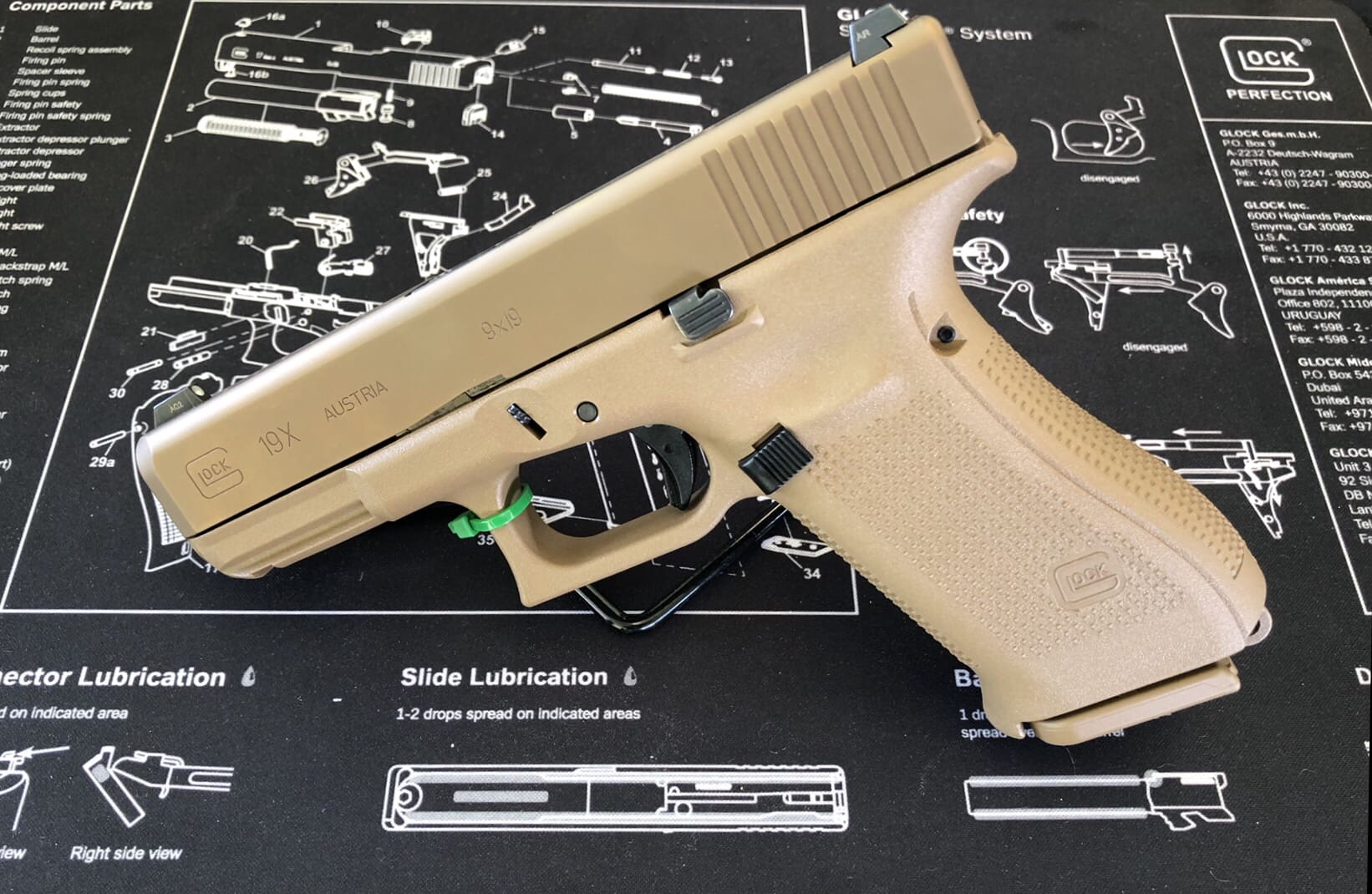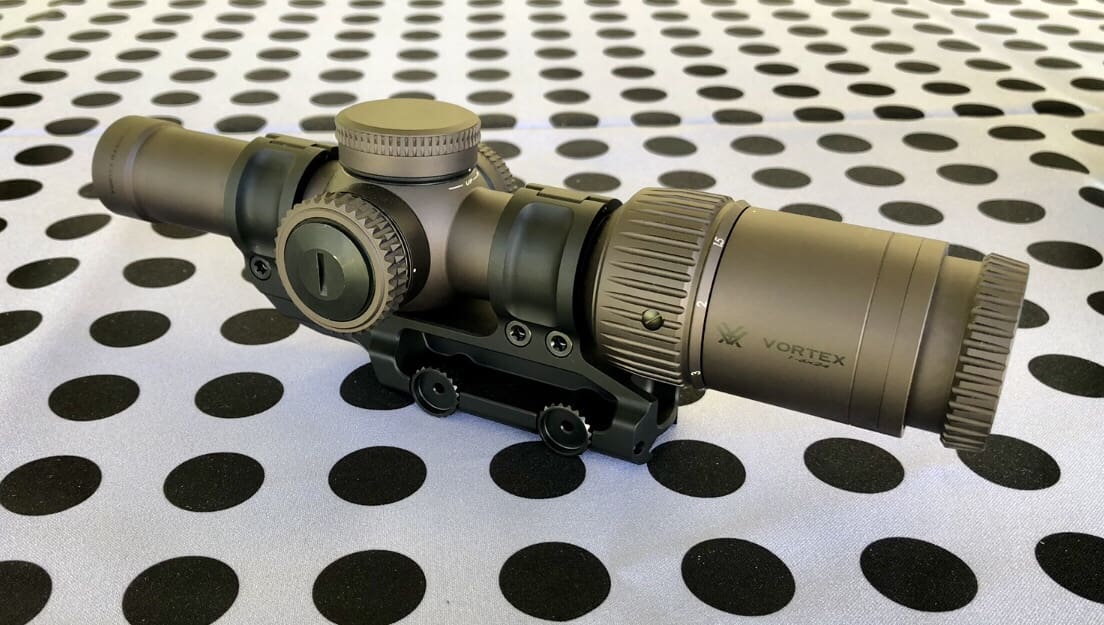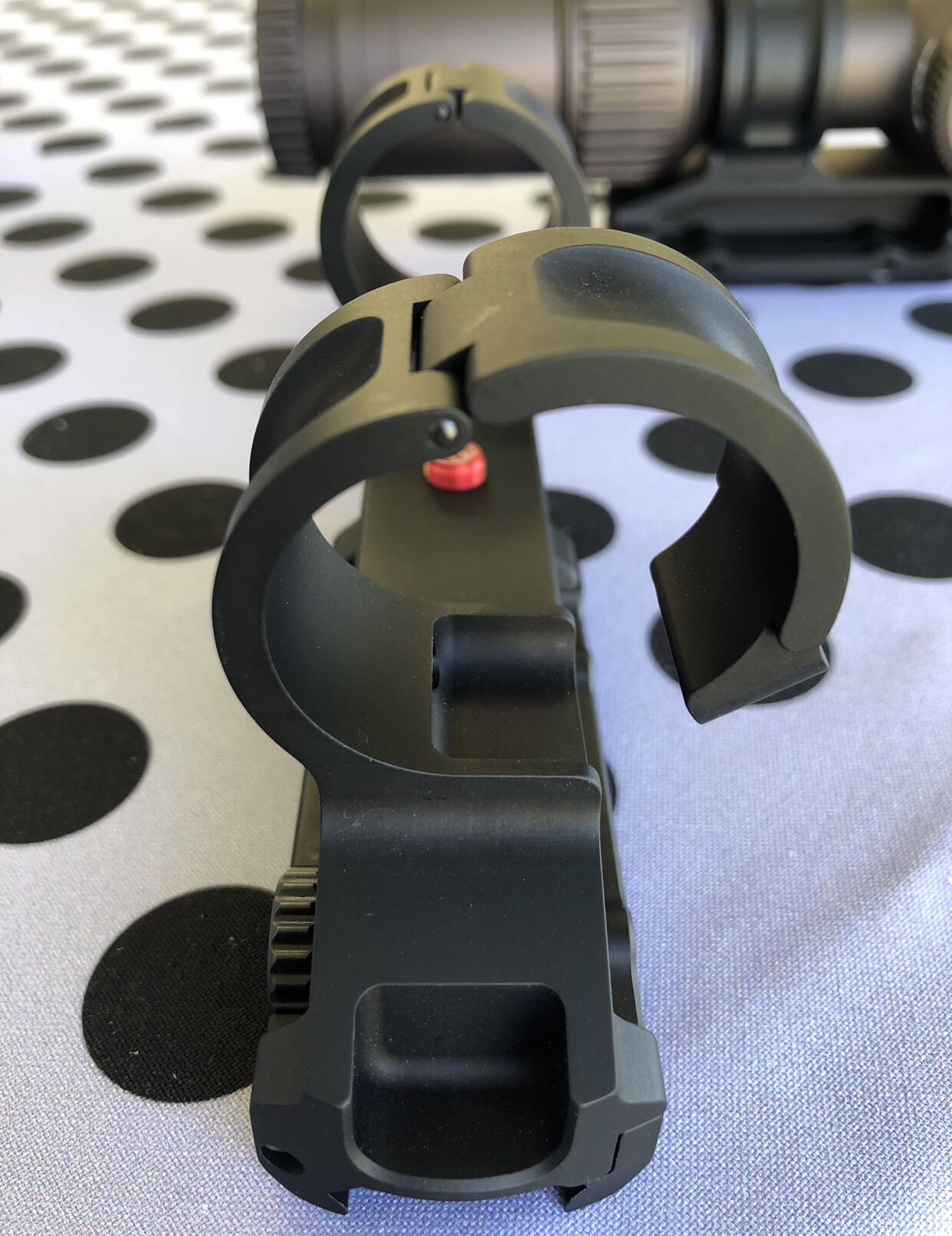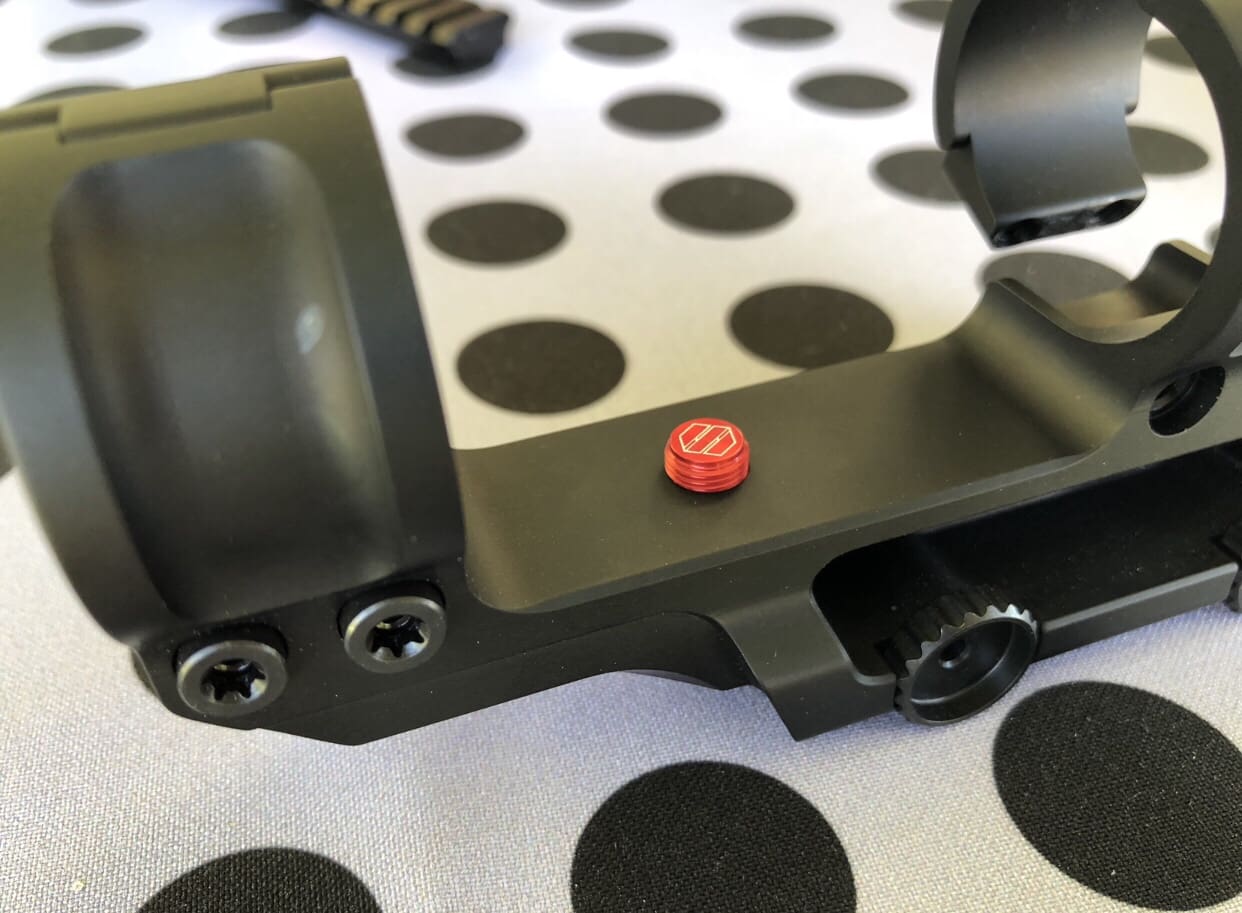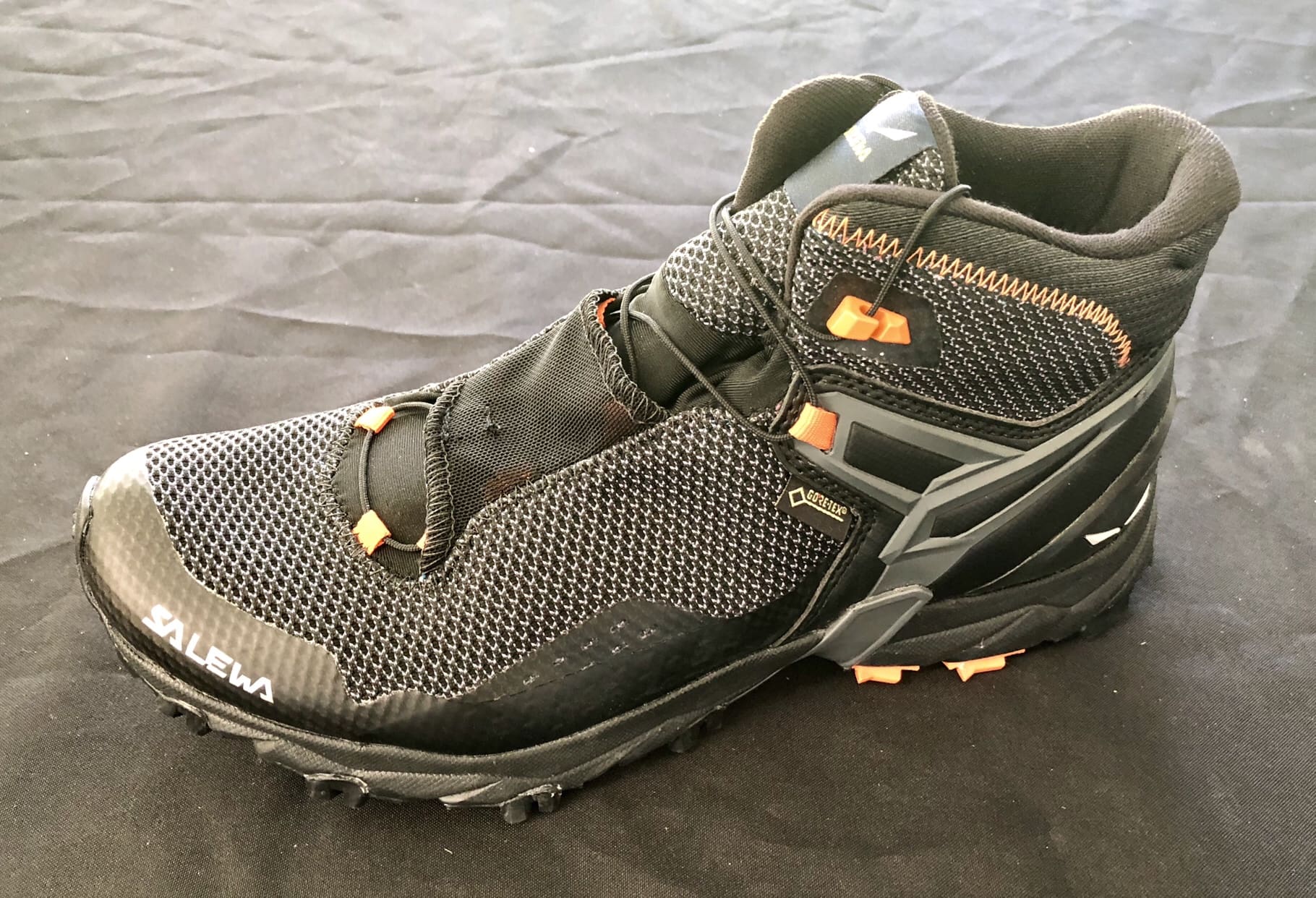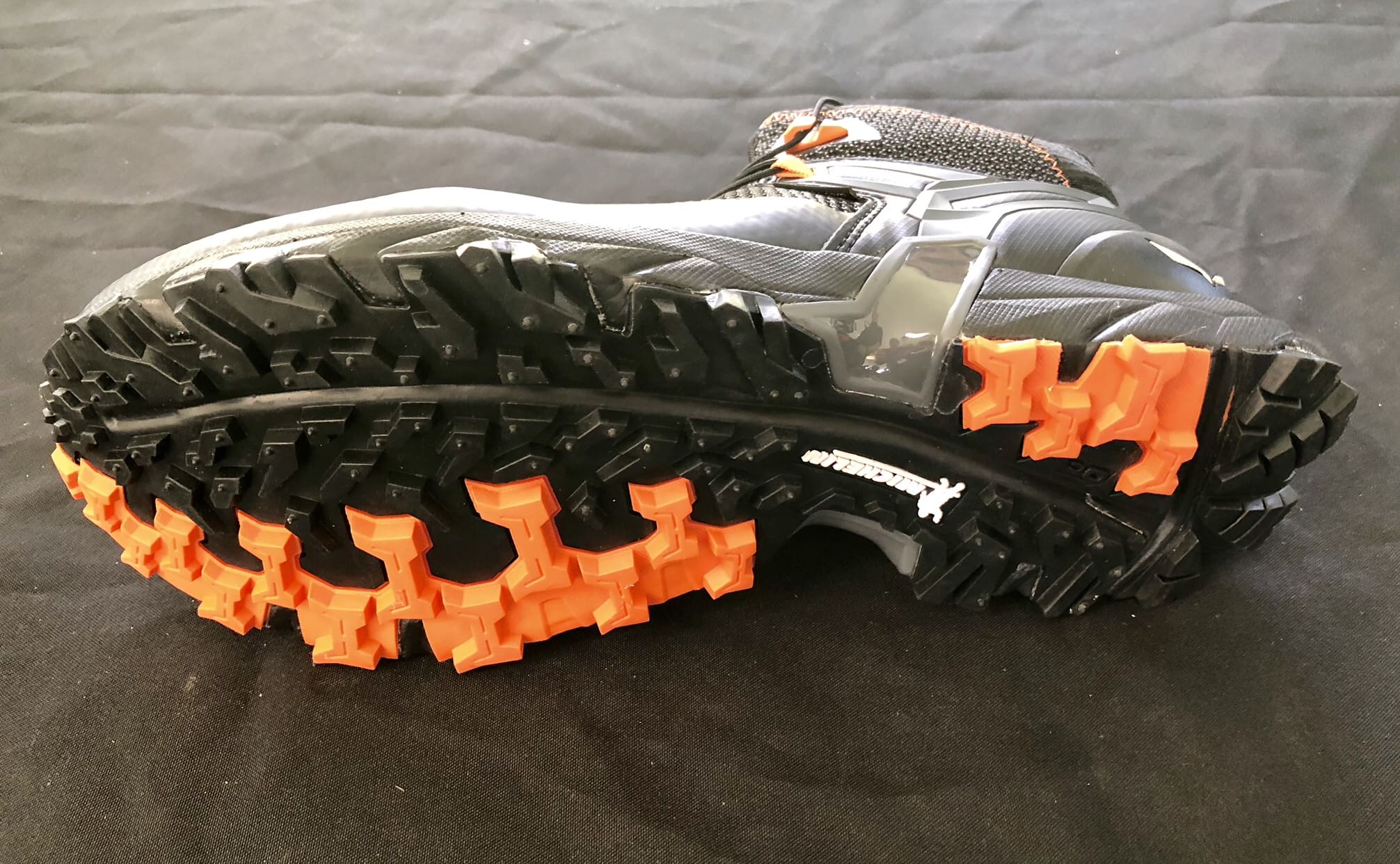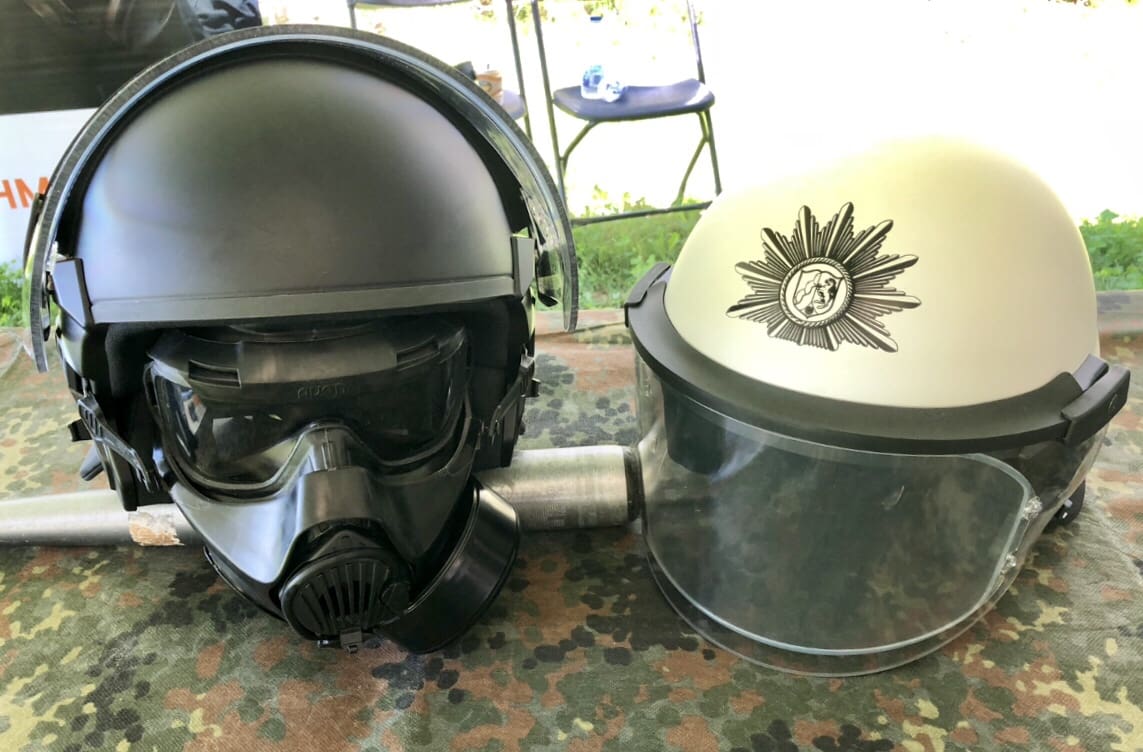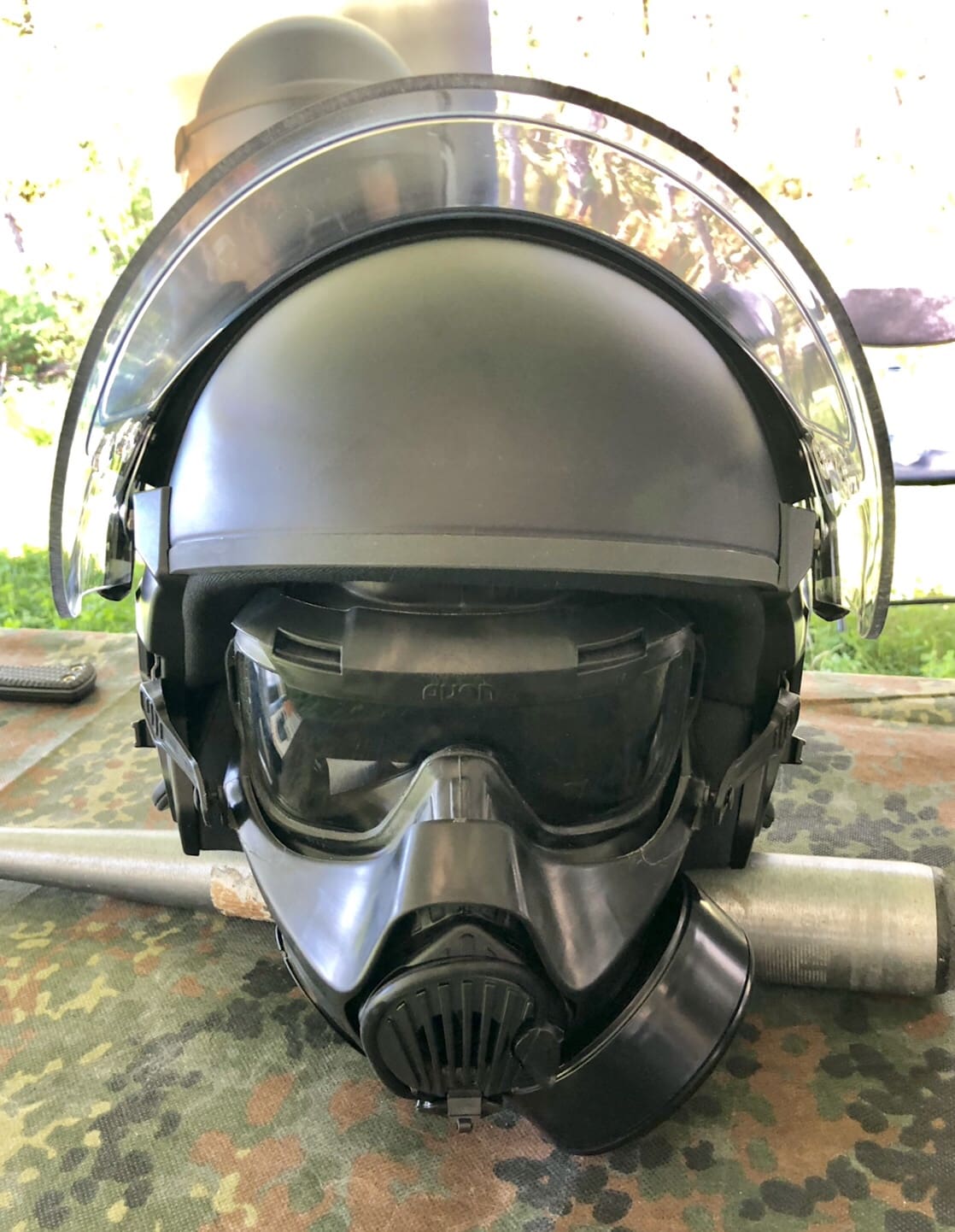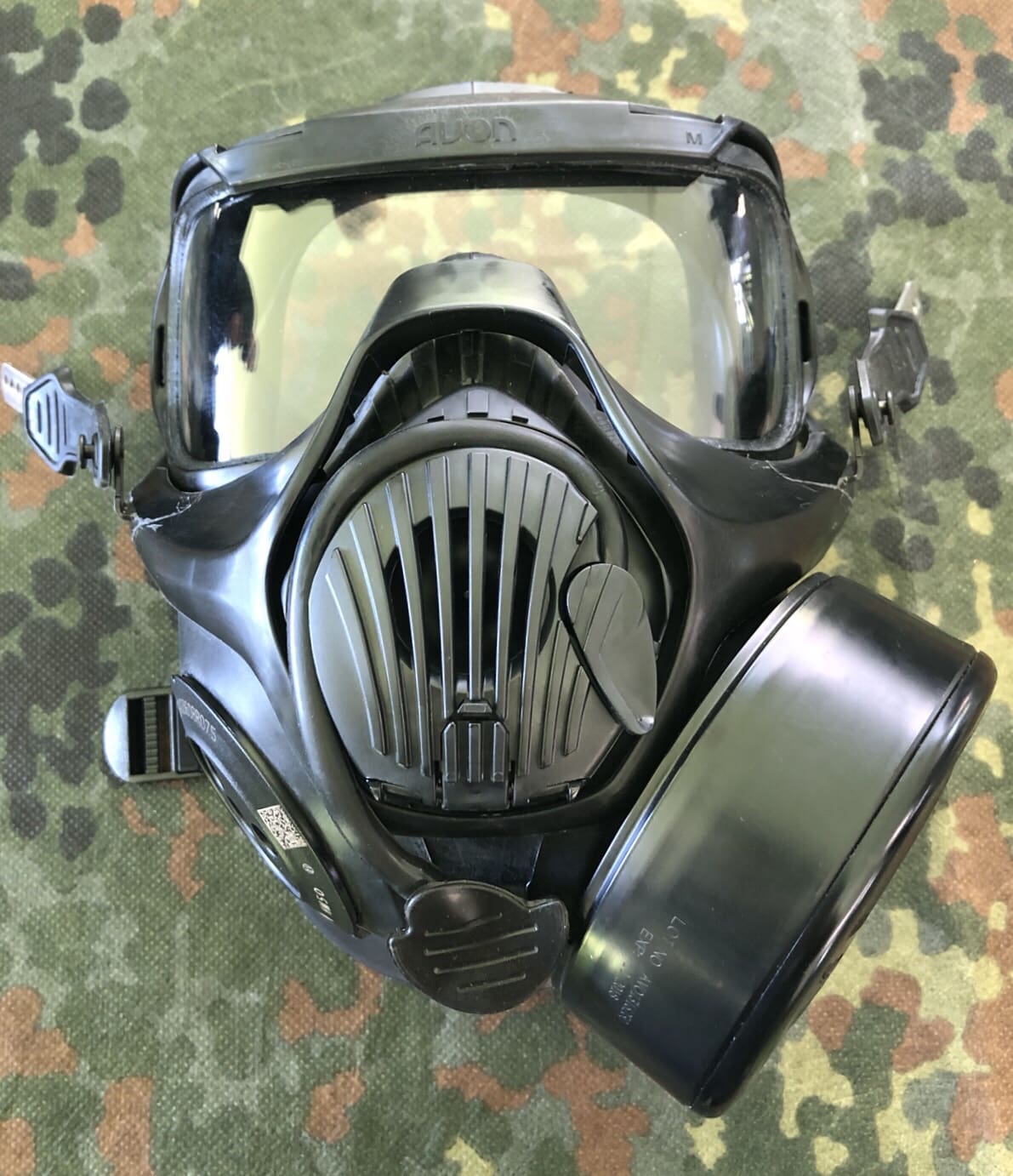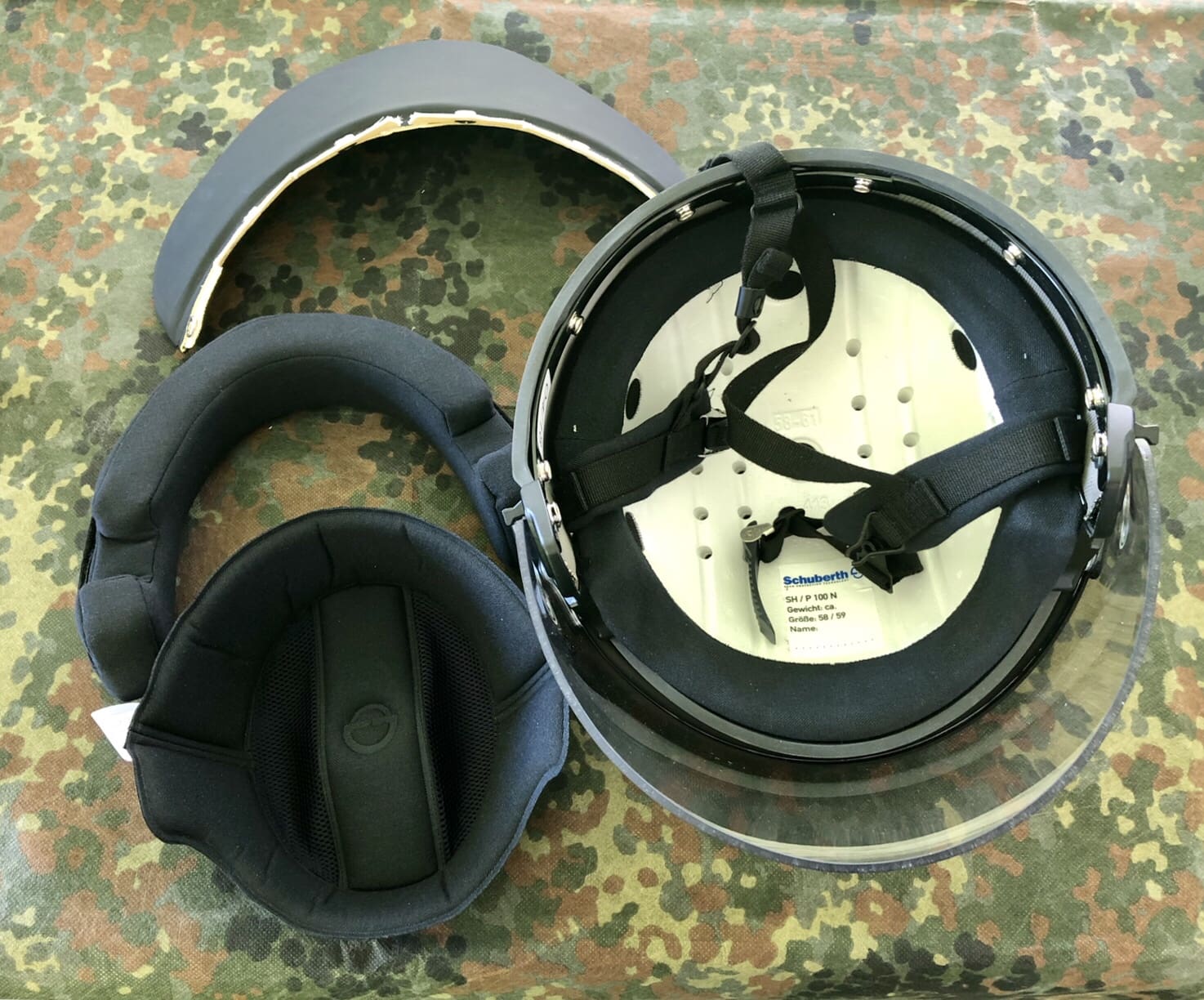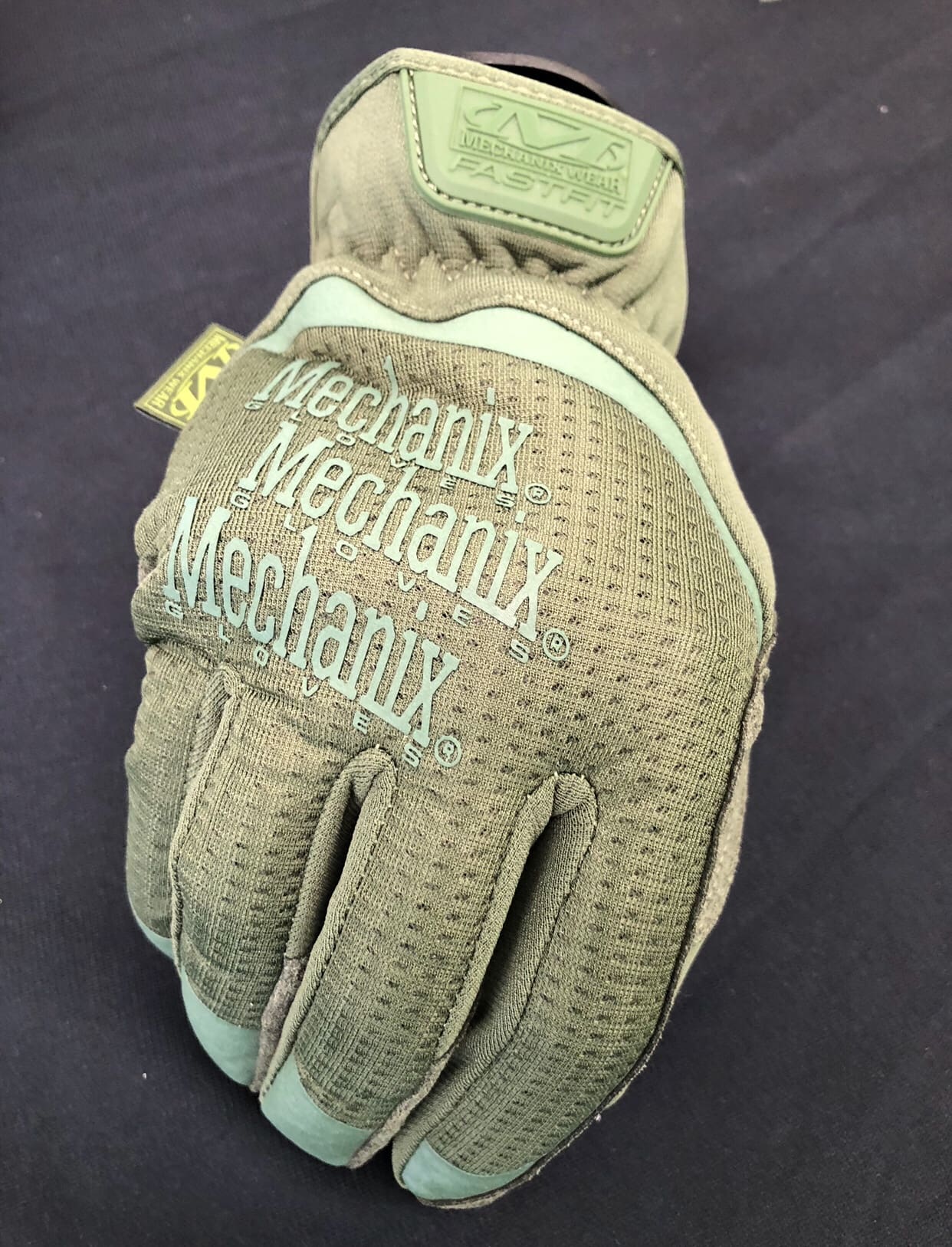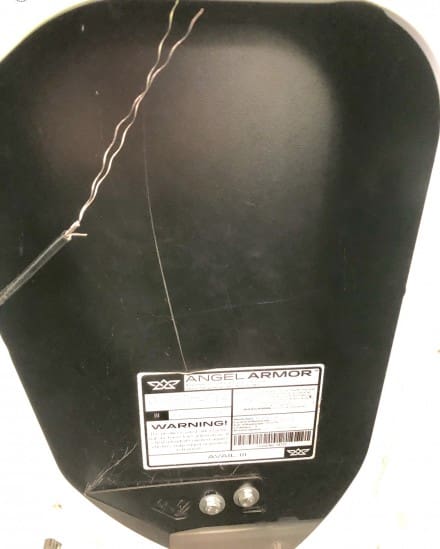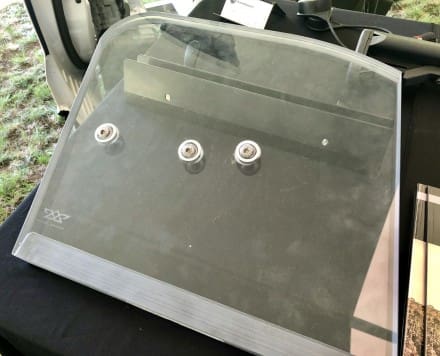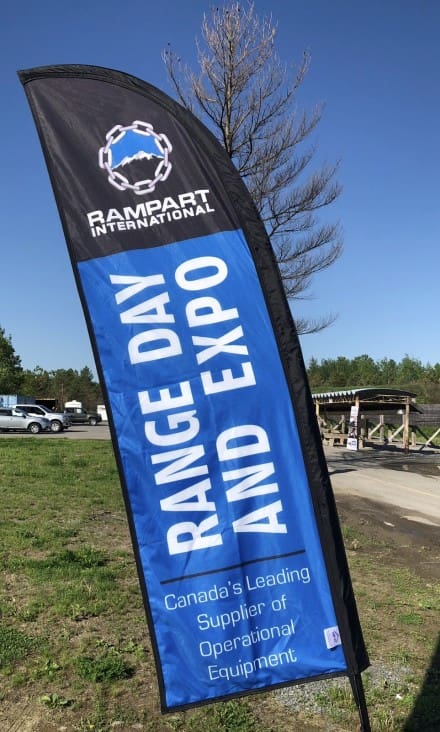The HS-14 is a self-contained, lightweight (37 lbs), portable acoustic hailer for communicating long distances and penetrating high background noice. In fact, the 148 dB SPL peak acoustic output offers a range of up to 1500m with a beam width of +/- 12 deg. The frequency range is 300 Hz – 8 kHz, optimized for human voice.
In addition to a built-in high frequency alert tone, there is an external microphone, which also allows the user to pre-record messages.
Additionally, it has an 16 GB file player to play prepared messages. You can also use a patch cable to connect external players, phraselators or even a stand alone blue tooth receiver.
HyperSpike devices are available in Canada from Rampart Corp.


